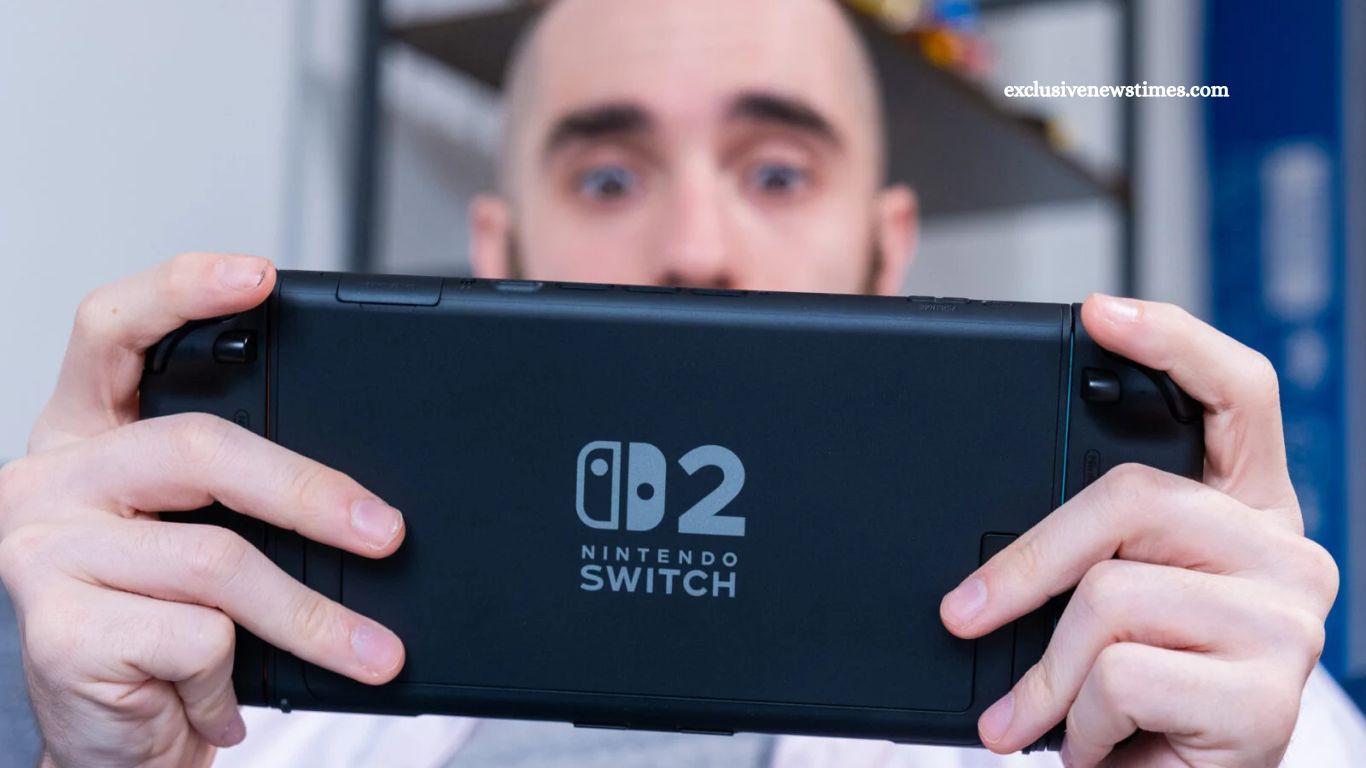As the global economy continues to shift under the weight of geopolitical tensions and trade negotiations, the Nintendo Switch 2—already a popular and in-demand console—may soon become even more expensive. While the system narrowly avoided major tariff impacts at launch, new threats loom that could drive up costs significantly for U.S. consumers.
Read More: DOJ Publishes Jeffrey Epstein Jail Cell Video — But One Minute Is Missing
Looming Tariff Threats on the Horizon
Earlier this week, President Donald Trump sent formal letters to 14 countries, including Japan and Vietnam—both key players in the Switch 2 supply chain—threatening new tariffs of up to 40%. These proposed tariffs represent a delay and escalation of earlier duties originally scheduled to take effect on July 9.
For fans of Nintendo, this development is more than just political posturing. Vietnam, responsible for assembling a significant portion of Switch 2 units, has already negotiated a reduced 20% tariff rate to avoid a catastrophic 46% tariff. While this may sound like a win, uncertainty remains over the specific terms of the deal and whether the Switch 2 will be fully protected from increased duties.
Vietnam’s Role in the Supply Chain
Currently, about one-third of all Switch 2 consoles are manufactured in Vietnam, with most units destined for the North American market. This puts the region directly in the crosshairs of any tariff changes, which could quickly impact pricing for U.S. buyers.
Even if the full 40% tariffs don’t go into effect, the agreed-upon 20% rate could still raise consumer prices. Nintendo has previously stated that it would avoid passing on tariff-related costs to buyers, but those comments were made before the current wave of trade uncertainty and prior to the June launch. With the Switch 2 already retailing at $450—and bundles like the Mario Kart World Edition selling for $500—any additional hike could make the console noticeably less accessible.
Game Prices May Also See an Impact
While Japan doesn’t ship Switch 2 consoles directly, it does produce components such as physical game cards. If tariffs are imposed on goods from Japan, physical game collectors might also feel the sting. Nintendo already shocked fans by raising game prices this generation to $80, and with slim margins for further increases, it remains to be seen if the company would dare to push titles toward the $100 mark.
For most consumers, a $100 physical game might be too steep—though exceptions could be made for massive titles like Grand Theft Auto VI. Still, any incremental increase in costs may force players to switch to digital formats or reconsider new purchases altogether.
Transshipment Loopholes Are Not a Safe Bet
One potential workaround—shipping Japanese-made game cards via Vietnam—likely wouldn’t shield Nintendo from tariff exposure. Under the terms of the new trade deal, products labeled as “transshipments” (used to bypass tariffs) are still subject to penalty tariffs. While this measure is primarily aimed at China, other countries could still get caught in the enforcement net, making this route too risky for Nintendo to pursue.
Should You Buy the Switch 2 Now?
The answer depends on your risk tolerance. While no one can predict with certainty how tariffs will play out in the coming weeks, the threat of price increases is real. If you’ve been on the fence about purchasing a Switch 2, this might be the ideal time to make your move.
The console is already breaking records as Nintendo’s fastest-selling hardware ever, and demand remains high. If tariffs do hit hard, there’s a strong chance that Nintendo will be forced to pass at least some of the cost on to consumers—possibly adding $50 or more to the retail price.
Frequently Asked Questions
What are tariffs, and how do they affect electronics like the Nintendo Switch 2?
Tariffs are taxes imposed on imported goods. When tariffs increase on countries involved in manufacturing or supplying parts for the Nintendo Switch 2, it can raise production costs, which may lead to higher retail prices for consumers.
Why could the Nintendo Switch 2 become more expensive soon?
New U.S. tariff threats targeting countries like Vietnam and Japan, which are major suppliers in the Switch 2’s supply chain, could increase the cost of production and import, prompting a potential price hike for the console.
Has Nintendo confirmed a price increase due to tariffs?
As of now, Nintendo has not confirmed any official price hikes. However, earlier statements made pre-launch might not hold if tariff rates rise significantly, and market pressures may force the company to adjust prices.
Should I buy the Nintendo Switch 2 now to avoid higher prices?
If you’re considering the purchase, now might be a good time. With tariff uncertainties and consistently high demand, buying now may help lock in current pricing before any increases occur.
Will game prices also go up due to tariffs?
Possibly. Physical games that rely on components made in Japan, such as game cards, could be affected. While game prices are already high, further tariff-related costs could impact physical game collectors in particular.
Conclusion
The Nintendo Switch 2 is already one of the most sought-after consoles on the market—but looming tariff increases could soon make it even more expensive. With Vietnam and Japan, two critical links in Nintendo’s supply chain, facing possible U.S. tariffs of up to 40%, the potential for price hikes is real. While Nintendo hasn’t officially announced any changes, the economic pressure may eventually reach consumers.
If you’re considering purchasing the Switch 2, now may be the smartest time to buy—before new trade policies turn a $450 console into a $500+ investment. In today’s volatile economic landscape, waiting could cost you more than just patience—it could hit your wallet, too.


